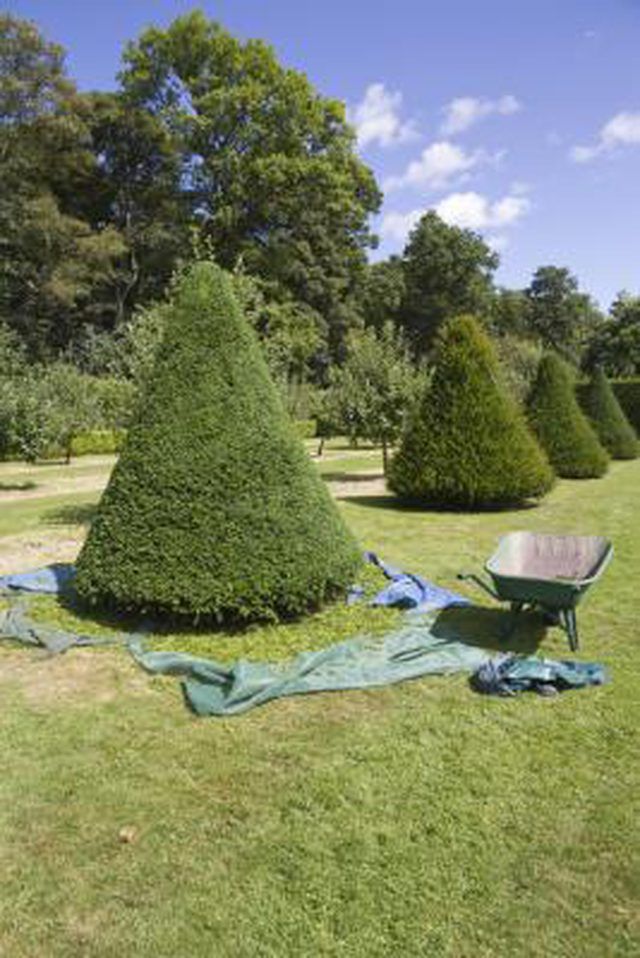Bulbs
Flower Basics
Flower Beds & Specialty Gardens
Flower Garden
Garden Furniture
Garden Gnomes
Garden Seeds
Garden Sheds
Garden Statues
Garden Tools & Supplies
Gardening Basics
Green & Organic
Groundcovers & Vines
Growing Annuals
Growing Basil
Growing Beans
Growing Berries
Growing Blueberries
Growing Cactus
Growing Corn
Growing Cotton
Growing Edibles
Growing Flowers
Growing Garlic
Growing Grapes
Growing Grass
Growing Herbs
Growing Jasmine
Growing Mint
Growing Mushrooms
Orchids
Growing Peanuts
Growing Perennials
Growing Plants
Growing Rosemary
Growing Roses
Growing Strawberries
Growing Sunflowers
Growing Thyme
Growing Tomatoes
Growing Tulips
Growing Vegetables
Herb Basics
Herb Garden
Indoor Growing
Landscaping Basics
Landscaping Patios
Landscaping Plants
Landscaping Shrubs
Landscaping Trees
Landscaping Walks & Pathways
Lawn Basics
Lawn Maintenance
Lawn Mowers
Lawn Ornaments
Lawn Planting
Lawn Tools
Outdoor Growing
Overall Landscape Planning
Pests, Weeds & Problems
Plant Basics
Rock Garden
Rose Garden
Shrubs
Soil
Specialty Gardens
Trees
Vegetable Garden
Yard Maintenance
How to Fertilize Yews
How to Fertilize Yews. Evergreens provide year-round color and habitat for the hardiest birds. They're attractive to developers and homeowners alike for their easy care and modest feeding requirements. Yews (Taxus spp.) are especially useful because of their soft foliage and ability to regrow after severe shearing. Their only drawback is their...

Evergreens provide year-round color and habitat for the hardiest birds. They're attractive to developers and homeowners alike for their easy care and modest feeding requirements. Yews (Taxus spp.) are especially useful because of their soft foliage and ability to regrow after severe shearing. Their only drawback is their toxicity, so plant them well away from play areas and livestock.
Versatile Yews
English yews (Taxus baccata), hardy only in U.S. Department of Agriculture plant hardiness zones 6 to 7, form the thick, frequently sheared hedges of the temperate formal garden. Japanese (Taxus cuspidata) and hybrid (Taxus x media), also called Anglojap, yews, hardy from USDA zones 4 through 7, grow in a variety of forms that require little pruning. The largest dimension of an individual yew -- either height or width – hints at the amount of fertilizer it needs. Older plants seldom need fertilizing -- and too much fertilizer can stress even young yews -- so do a soil test to determine actual nutrient needs.
What Yews Want
Yews are slow-growing evergreens that have two growth spurts -- one in early spring and one as summer begins. Prune before early spring's spurt to shape the shrubs and following their second spurt to keep them compact. If your yews live in full sun to part shade, have a well-draining soil with a pH between 6.0 and 7.0 and get an inch of water a week, chances are that they'll only need fertilizer while young. An annual mulch of well-rotted compost, spread underneath and beyond the drip line provides slow-release nitrogen, the food that keeps yews producing green, healthy foliage. Keep mulch away from the trunk to keep away molds and wood-eating organism in the mulch. Never fertilize yews under stress, such as during drought or following renovation.
Individual Plants
Timed release fertilizer provides a low, constant flow of nitrogen during the growing season, so choose a high nitrogen, slow release granular fertilizer for your yews. The Virginia Cooperative Extension recommends applying a 12-6-4, 16-8-8 or 20-10-10 commercial fertilizer at the rate of 1/3 pound per foot of height or width of the plant, whichever is greater, applied in early spring or late fall -- feed at both times for more aggressive growth. Scatter granular fertilizer under the young yew and beyond its drip line by half the diameter of the plant. Scratch it into the surface of the soil and water well before mulching. Feed container-grown yews at 1/5 of this strength -- when using liquid fertilizer, dissolve 1 tablespoon in 5 gallons of water instead of the recommended 1 gallon and use monthly during spring.
Large Plantings
Hedges, groups and large English yews -- which can grow to 60 feet tall -- require fertilization on a larger scale. Again using granular, slow-release commercial fertilizer, apply 1 to 2 pounds of nitrogen per 1,000 square feet of area covered by these larger yews or groups of yews. A 20-10-10 fertilizer, for example, contains 20 percent nitrogen, so a 100-pound bag contains 5 pounds of nitrogen and you would need only 1/5 bag to treat a 1,000-square-foot area -- say 100 feet of hedge.